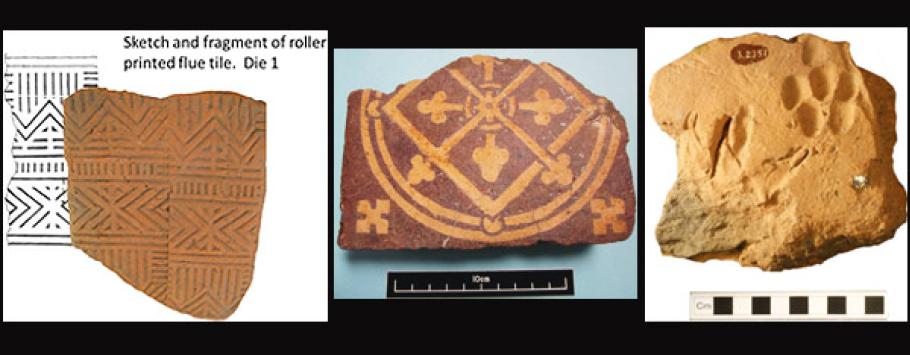Bronze Age
The Bronze Age c. 2500 - 800 BC
Although it is common to generalise late prehistory – and the Bronze Age in particular – as the period which saw the introduction of metallurgy, other important developments took place, including open settlement and field system patterns. At the same time, many practices continued from the Late Neolithic which preceded it, making it a complex period with cultural change very gradual over time.




